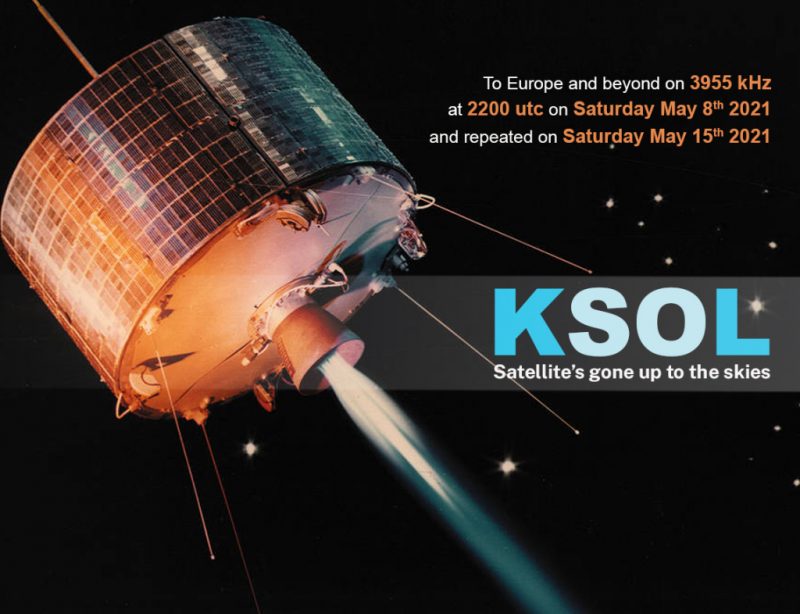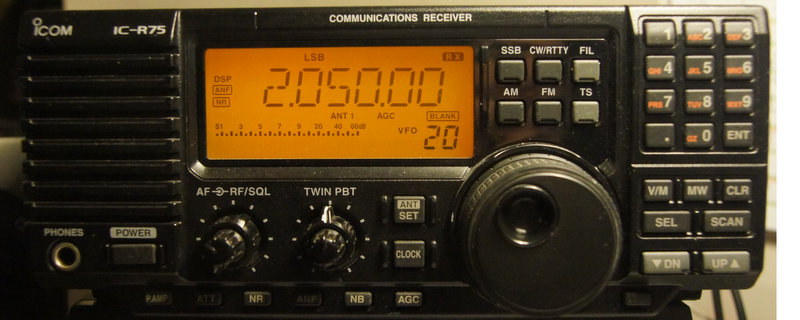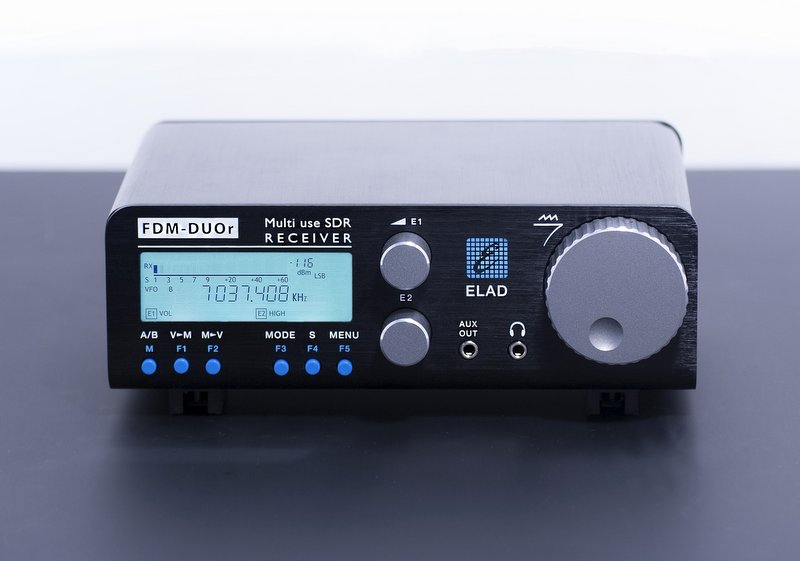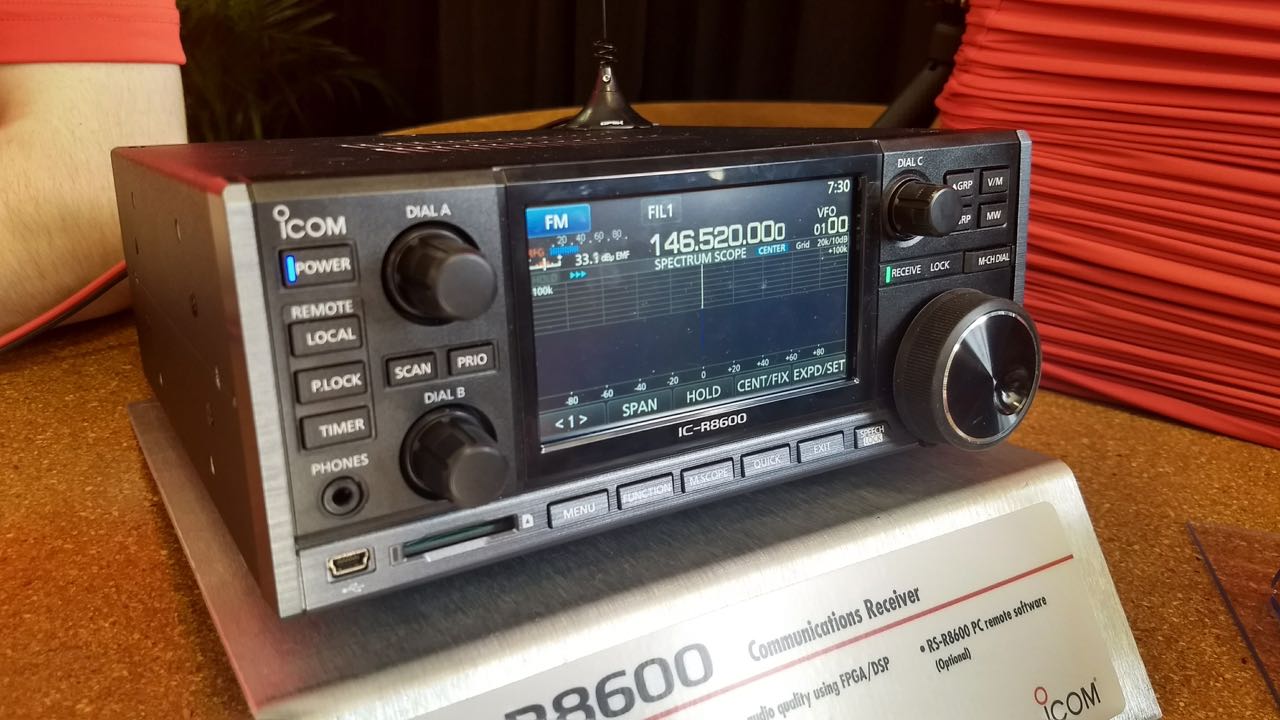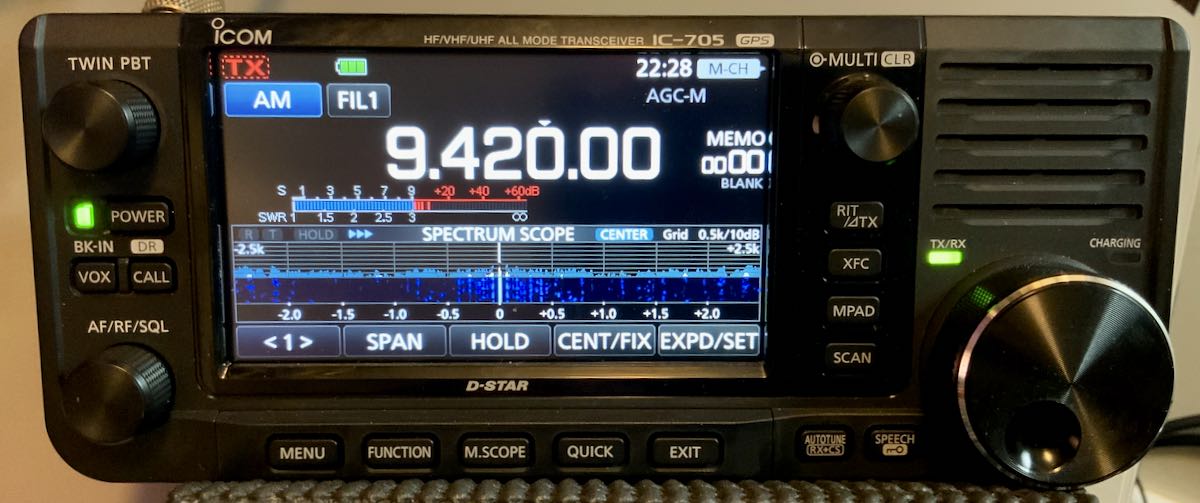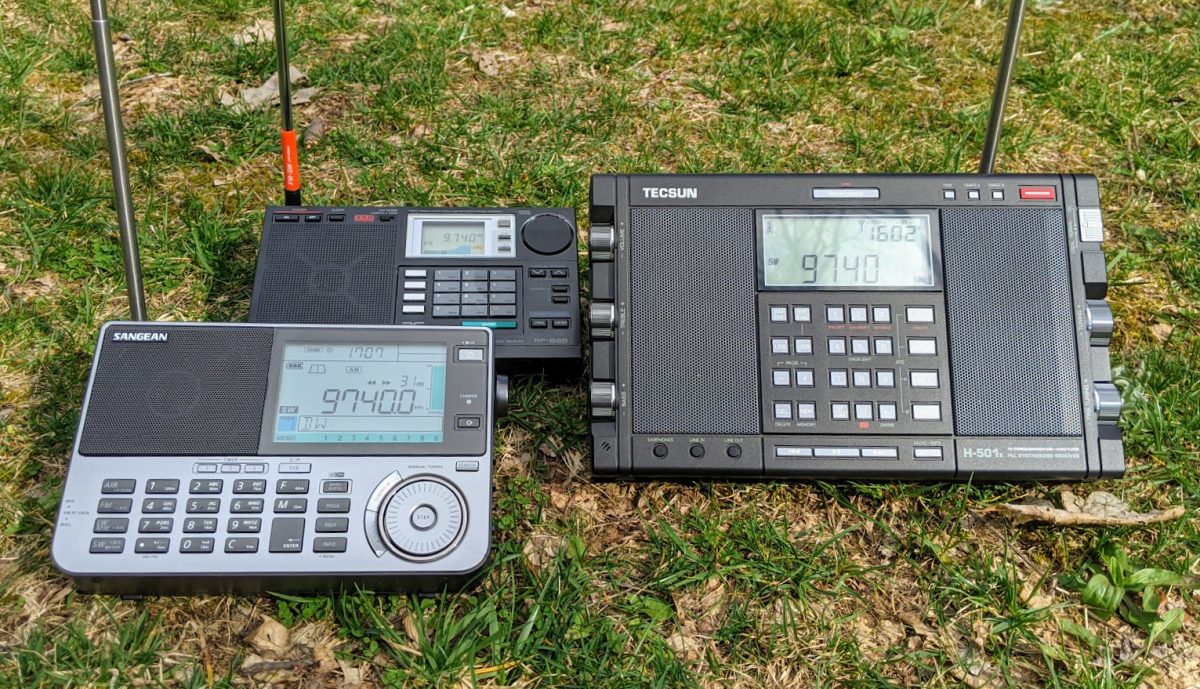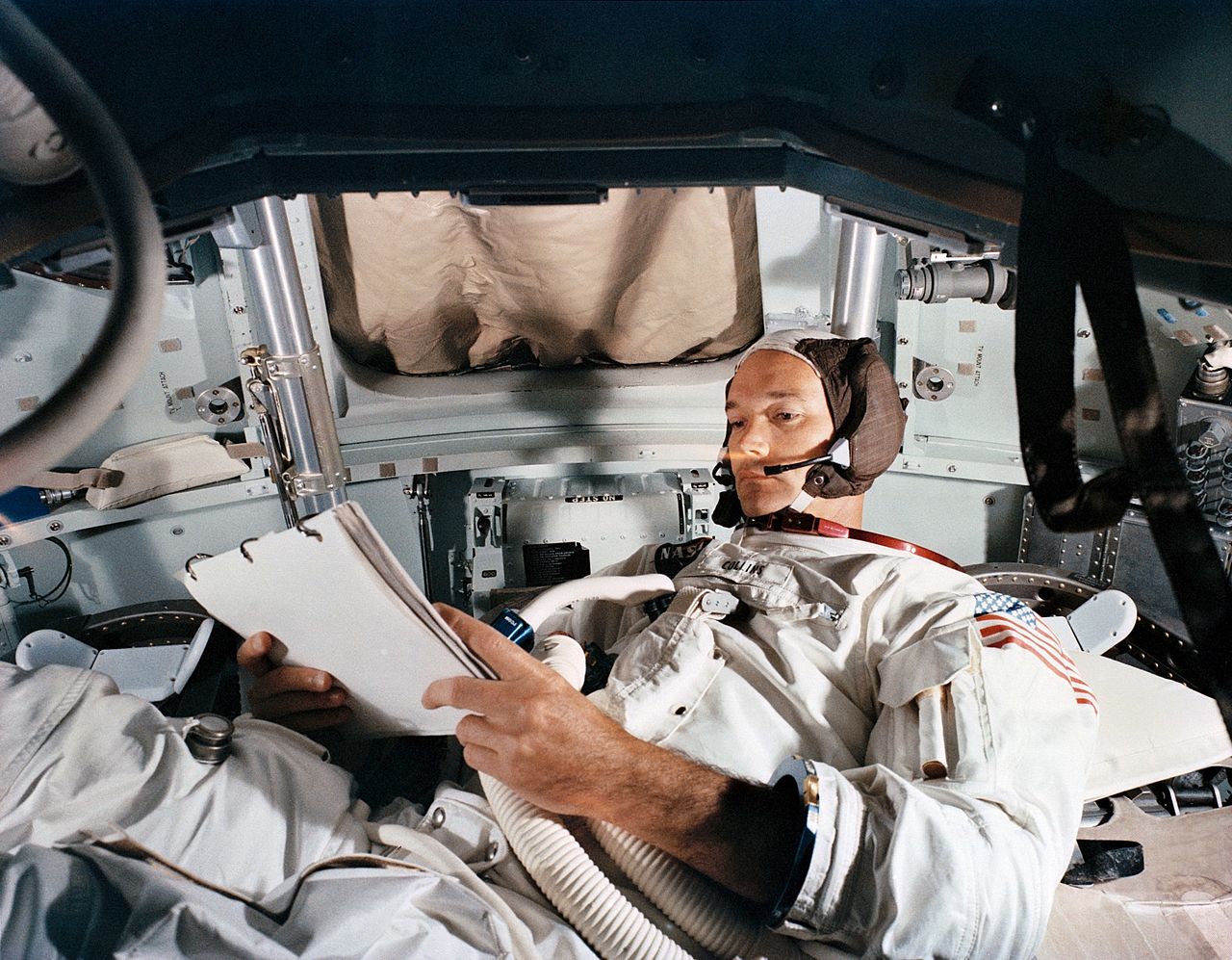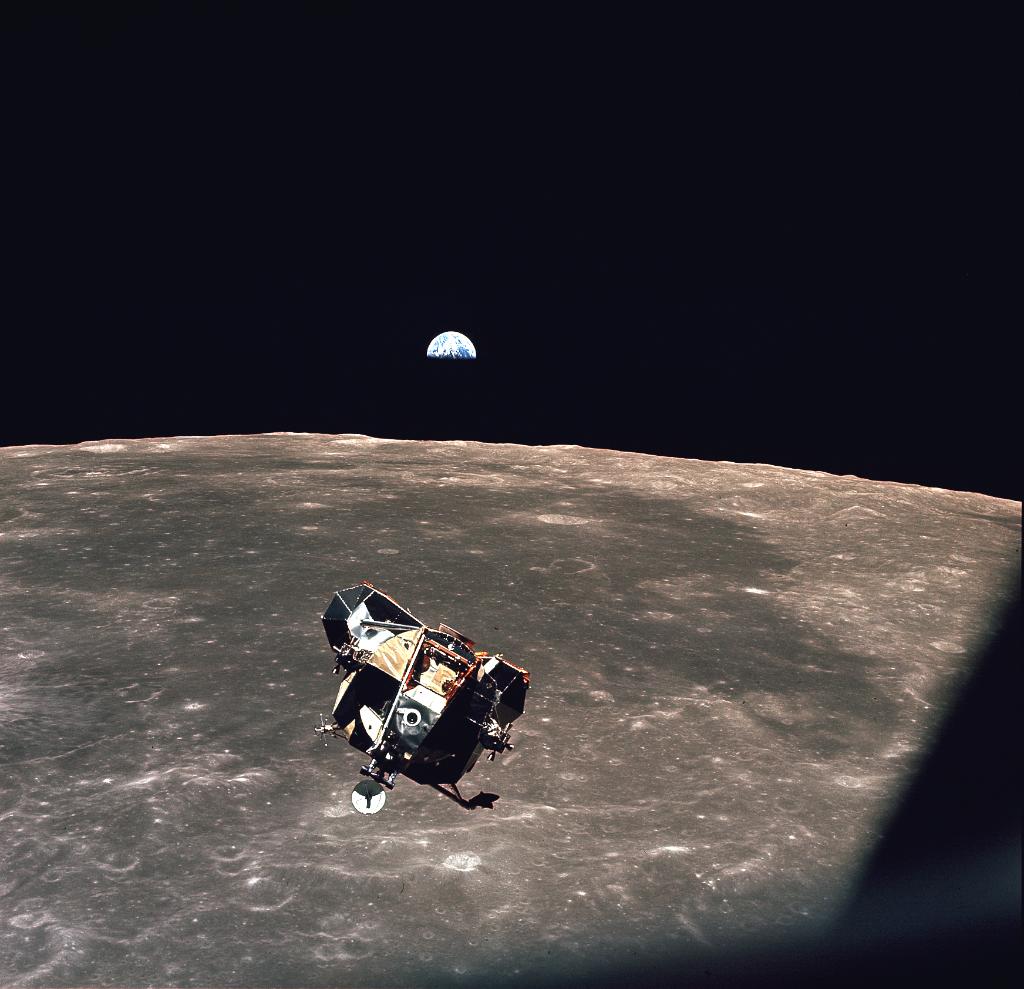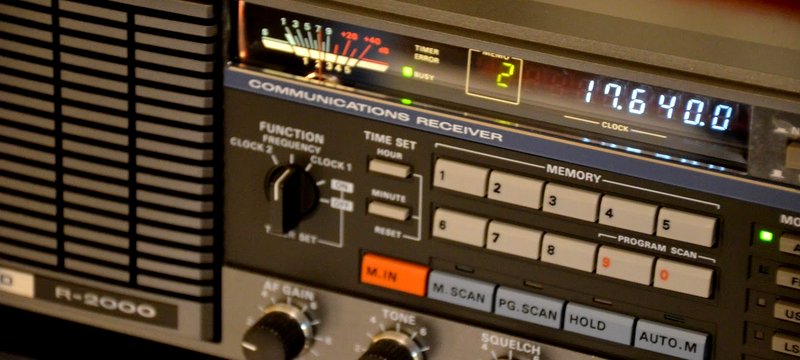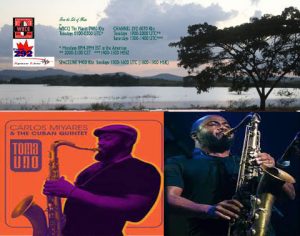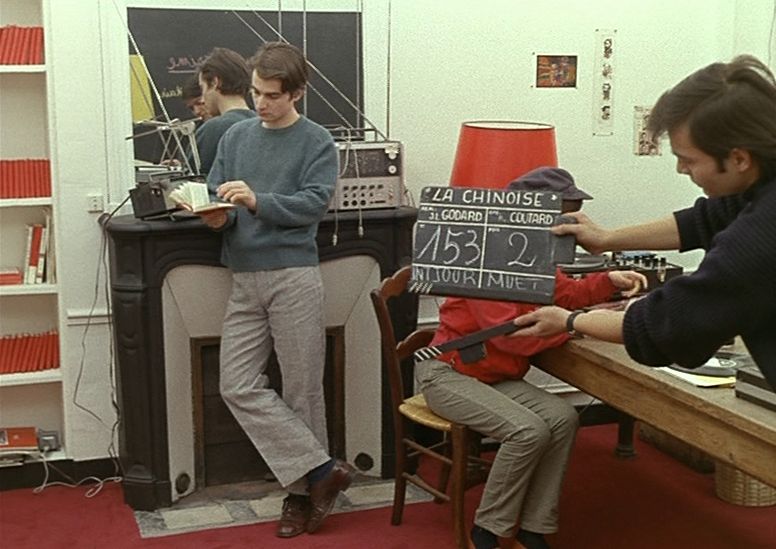(Source: Teak Publishing)
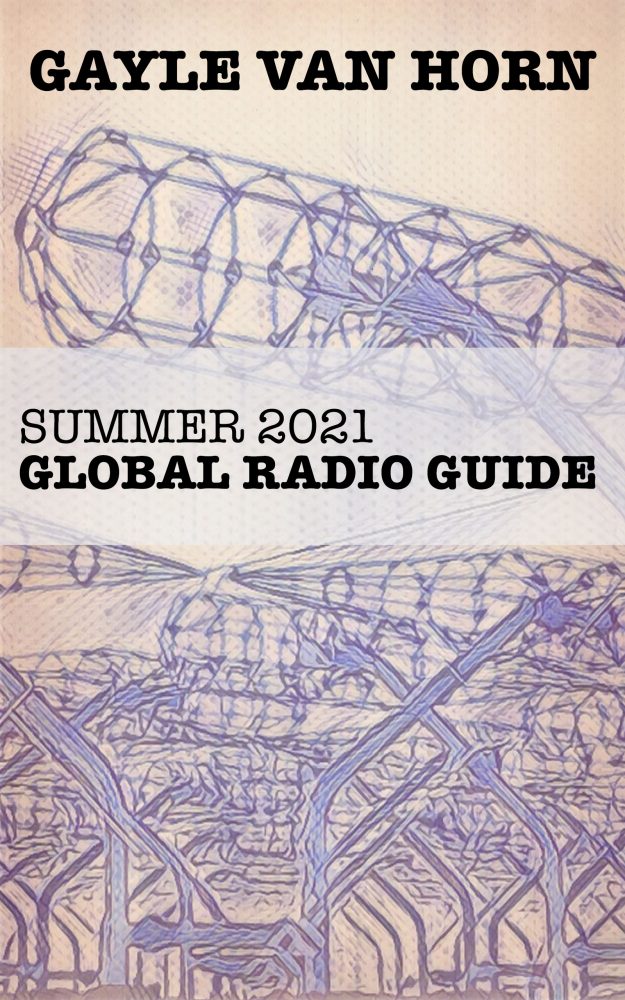
For Immediate Release Friday, April 23, 2021
16th Edition of the Global Radio Guide (Summer 2021) Now Available
Sometimes in life, what is old becomes new again. Familiar names and voices we long have placed into the recesses of our minds, suddenly spring back to the forefront.
It can be that way with radio as well. What we sometimes consider to be antique transmissions of a bygone era can re-emerge in a digital world, as if time had merely paused. They ensnare the attention of both those who were around for the glory days, as well as those hearing these signals for the first time.
Such is the case with the recently resurfaced “Russian Woodpecker.” The Cold War-era stalwart that once placed its distinct signal across large swaths of the HF band, is once again being heard amongst the crackles of static on shortwave radios and SDRs around the world.
For those who want to be part of the action, Gayle Van Horn’s 16th Edition of her Amazon bestselling Global Radio Guide (Summer 2021) has all the details you need to catch up with our vintage friend.
“My first thought was, ‘I have heard this signal before,’” writes Teak Publishing co-founder and editor of the Global Radio Guide (GRG), Larry Van Horn, in his in-depth look into the return of Russia’s famous Over-The-Horizon-Radar (OTHR) transmissions. “It did not take long for me to connect what I was hearing to the past and realize I was hearing a form of the old Russian Woodpecker again.”
Included in Van Horn’s article is everything you need to become a grizzled “woodpecker” expert: a historical review of Russia’s OTHR system, information on where in the world – and on the HF band – the newest version of the Woodpecker is being heard, links to audio samples so you know what to listen for, maps of transmitting locations and more.
Russia radars are not the only focus of this completely updated edition of the GRG, though. Worldwide, tensions are continuing to escalate and – in another case of what is old becoming new – people around the world are once again turning to shortwave radio to place themselves on the front lines.
With the help of the GRG, you can tune in shortwave broadcast stations from hotspots such as China, Cuba, India, Iran, North/South Korea, Taiwan, and many other counties. If you have a shortwave radio receiver, SDR or Internet connection, pair it with this unique radio resource to know when and where to listen to the world.
This newest edition of the GRG carries on the tradition of those before it with an in-depth, 24-hour station/frequency guide with schedules for selected AM band, longwave, and shortwave radio stations. This unique resource is the only radio publication that lists by-hour schedules that include all language services, frequencies, and world target areas for over 500 stations worldwide.
The GRG includes listings of DX radio programs and Internet website addresses for many of the stations in the book. There are also entries for time and frequency stations as well as some of the more “intriguing” transmissions one can find on the shortwave radio bands.
Larry Van Horn has also updated his now famous SDR Buyer’s Guide, a must-have compendium that helps you navigate through revolutionary world of software-defined radios (SDRs), the digital frontier of the radio hobby.
Continuing with the theme of this 16th edition of the GRG: Gayle takes a stroll into the seemingly not too distant past, into the role that radio played during the Falkland Island War, even as new government leaders within Argentina jockey for position to reclaim sovereignty over the islands.
Spectrum Monitor magazine editor, Ken Reitz, dives into the rise and fall of Digital Radio Mondiale (DRM) on shortwave radio. Reitz gives the rundown on where you can still find DRM signals on the shortwave bands, even if you do not have a DRM-capable radio in your home.
Fred Waterer, also of Spectrum Monitor, checks in with a feature on one of the great pastimes of shortwave radio – travelling the world without leaving home. This is an especially poignant topic of discussion given the current travel restrictions found in most of the world due to the COVID-19 pandemic. Waterer gives us a detailed RF-itinerary for circumnavigating the globe via broadcasters on shortwave radio. While many of the station names may be different than they once were, Waterer proves that there is still plenty of diversity and culture to be found on the bands.
Whether you monitor shortwave radio broadcasts, amateur radio operators, or aeronautical, maritime, government, or military communications in the HF radio spectrum, this book has the frequencies to help you to hear it all. Teak Publishing’s Global Radio Guide “brings the world to you.”
You can find this edition of the Global Radio Guide, along with all of our titles currently available for purchase, on the Teak Publishing Web site at www.teakpublishing.com. For a limited time, all previous editions of the Global Radio Guide will also be available at a reduced price. Details will be available at www.teakpublishing.com.
The 16th edition of the Global Radio Guide e-Book (electronic book only, no print edition available) is available worldwide from Amazon and their various international websites at
https://amzn.to/3tNyIzD
The price for this latest edition is US$8.99. Since this book is being released internationally, Amazon customers in the United Kingdom, Germany, France Spain, Italy, Japan, India, Canada, Brazil, Mexico and Australia can order this e-Book from Amazon websites directly servicing these countries. Customers in all other countries can use the regular Amazon.com website to purchase this e-Book.
You can read any Kindle e-Book with Amazon’s ‘free’ reading apps on literally any electronic media platform. You do not have to own a Kindle reader from Amazon to read this e-book. There are Kindle apps available for iOS, Android, Mac and PC platforms. You can find additional details on these apps by checking out this link to the Amazon website at www.amazon.com/gp/feature.html?ie=UTF8&docId=1000493771.
 […]Radio Lavalamp will be taking to the shortwaves very soon, as in this Sunday 2nd May 2021 at 2300 UTC (Midnight UK time) on 9395 kHz via WRMI. The show features some chilled tunes and also a mix from One Deck Pete called “The Purple Nucleus of Creation 004” with tracks from Floating Points, London Symphony Orchestra and Pharoah Sanders, Betelgeize ft. Ilya Chistyakov, Tranquility Bass and Hrair. Turn on and tune in.
[…]Radio Lavalamp will be taking to the shortwaves very soon, as in this Sunday 2nd May 2021 at 2300 UTC (Midnight UK time) on 9395 kHz via WRMI. The show features some chilled tunes and also a mix from One Deck Pete called “The Purple Nucleus of Creation 004” with tracks from Floating Points, London Symphony Orchestra and Pharoah Sanders, Betelgeize ft. Ilya Chistyakov, Tranquility Bass and Hrair. Turn on and tune in.
